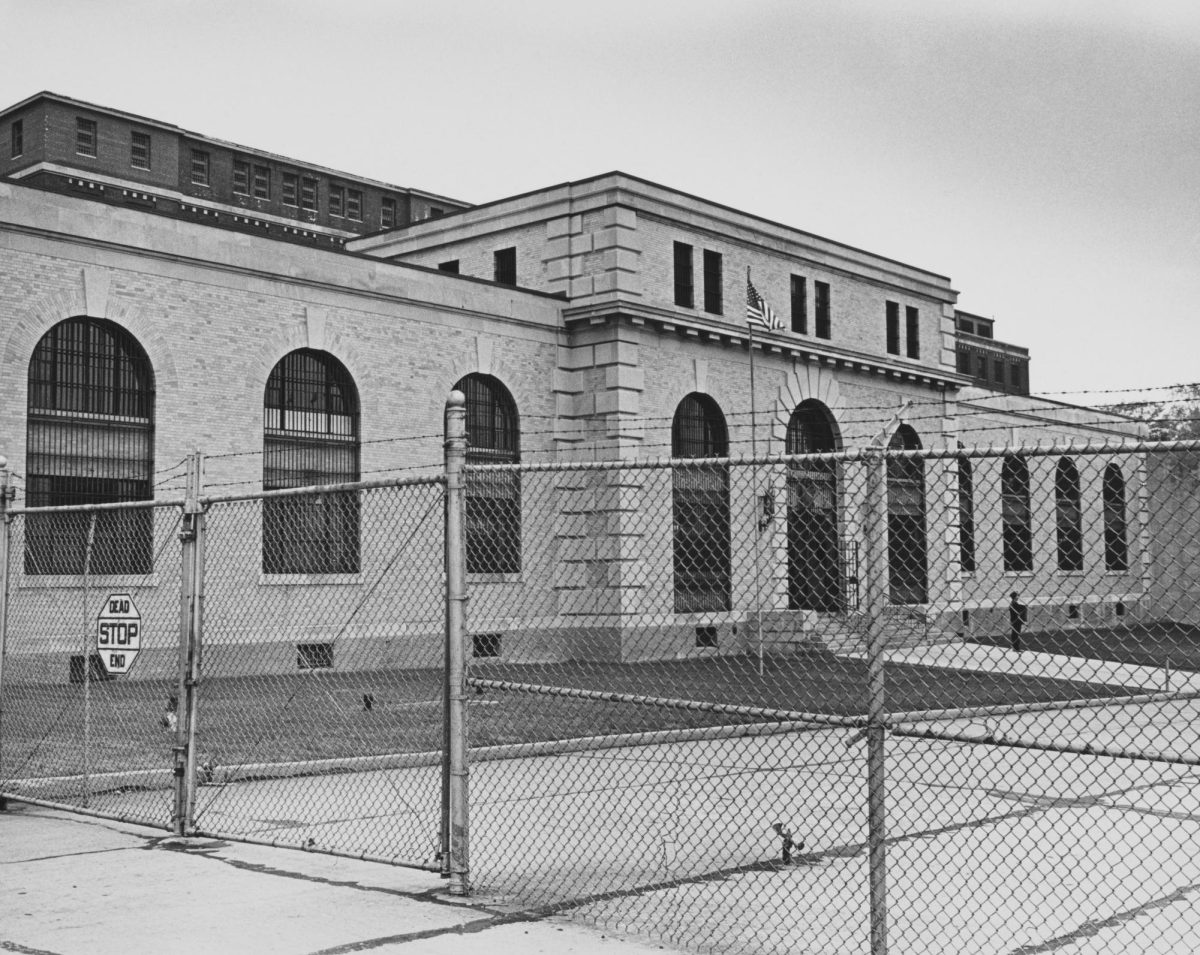Although the numerous construction projects going on all around campus may look similar, one cannot miss the new hotel being built across from the Administration building while driving around Circle Road.
However, not many people know exactly what this project entails, and fewer still know that it has been 20 years in the making.
According to the Stony Brook University website, this area was proposed to be developed as a hotel in 1986 and was approved in 1989.
The university has been waiting all of this time to be able to find a developer who would keep up the current ‘buffer’ that separates the campus from Nicolls Road and to the University’s lease agreement.
The new hotel, which is expected to open in February 2013, will feature 135 rooms, a restaurant, an indoor pool, an exercise center and a conference area.
The hotel, whose main function is to accommodate the guests that SBU hosts, will be operated under the Hilton Garden Inn Franchise.
On average, the university hosts more than 400,000 guests on the campus each year due to events such as Family Weekend and Homecoming. Family members of students and patients at the nearby Stony Brook University Hospital will also have the opportunity to use the amenities that the hotel has to offer.
SBU alumnus Dr. Robert J. Frey, who received his B.S. and doctorate in applied mathematics, owns the developer, SBHC Private Equity IV, LLC, and Frank Toner, who received his masters in industrial management, has been the chief operating officer on the project.
SBU will receive $100,000 as an annual lease payment and will be a part of a small share of the hotel. The funds received from the hotel will remain on campus. The project’s developer is financing all construction.
The hotel program has also taken initiative to reduce environmental impact due to the building of the hotel.
The university worked to decrease the impact that would be on the environment and maintain a “buffer” between Nicolls Road and the hotel.
The building even has a certification from Leadership in Energy and Environmental Design, or LEED, which means that the building features ‘green components’’ and is in compliance with numerous environmental standards.










